Selecting Papers + R&F Handmade Paints
What papers should you choose for working with our two different paint lines? It's very easy to get lost in the wonderful world of paper types, brands, weights, textures, etc. And there certainly isn't just one paper to solve all of your aesthetic and project needs, but we hope to bring attention to on some of the factors worth considering when selecting papers for working our materials.
Paper pulp beater at Women's Studio Workshop during the paper making process.
Archival Papers - If you would like your paper to last many, many years without deteriorating (and to prevent possible changes in color), make sure you pick a paper that is acid free. This is a very important factor to consider.
Surface texture and weight - Picking a paper with the correct tooth can help you achieve the results you're looking for. For example, smooth and delicate washi papers such as Kozo and Kitakata will pick up the finest of detail when printmaking with our paints. The weight of the paper should also be considered. Slightly heavier papers (such as Arches Oil Paper) are commonly used for R&F Pigment Sticks®, and a wide variety of weights can be used with encaustic.
Paper for Encaustic
When choosing a paper for encaustic you'll want to look for absorbent or semi-absorbent papers. For this reason, hand-made papers tend to work very well, although absorbent machine papers can also work. A few types we have found to be successful in our workshops are Kitakata, Kozo, Kozuke, Mulberry, and Gampi. When coated with encaustic medium, papers become translucent (some darken more than others). As a rule of thumb, if a paper is absorbent it should work, so it's worth experimenting with many paper types until you find what you need for your work.
Paper for R&F Pigment Sticks®
When selecting a paper for oil-based mediums you may consider a paper that has been treated or "sized" with a barrier to allow the oil to remain on the surface layer. Papers are sized to improve the surface strength, printability, water resistance, and to make them more archival. In modern times, a pH neutral PVA is often used (or a surface primer such as a clear gesso). You may also consider papers where sizing is added to the pulp before forming the sheet, ‘internal’ sizing. Some common oil painting papers are Arches Oil Paper and Hahnemühle Oil Paper. You can work on untreated paper (this works best if working in thin layers such as monotype), but you may experience an oil "halo" effect and the paper could break down over time.


